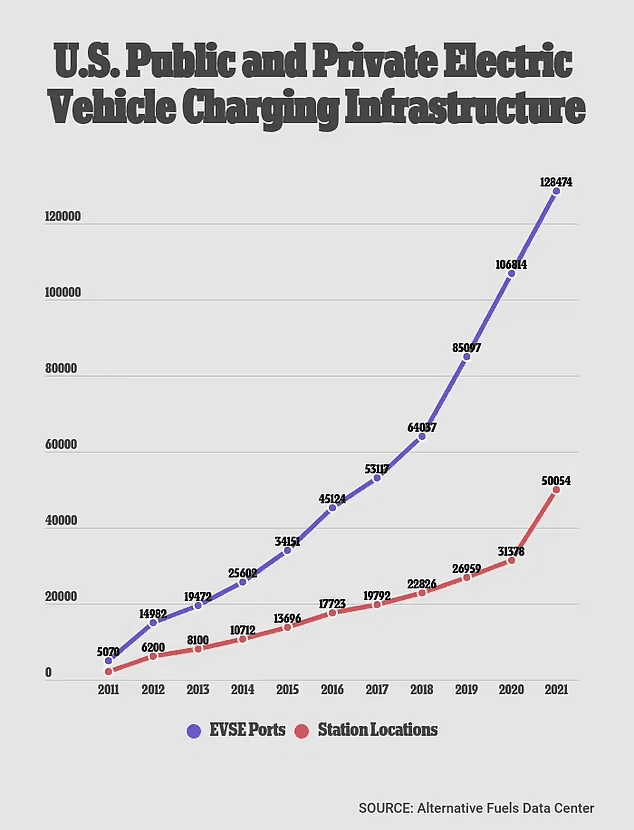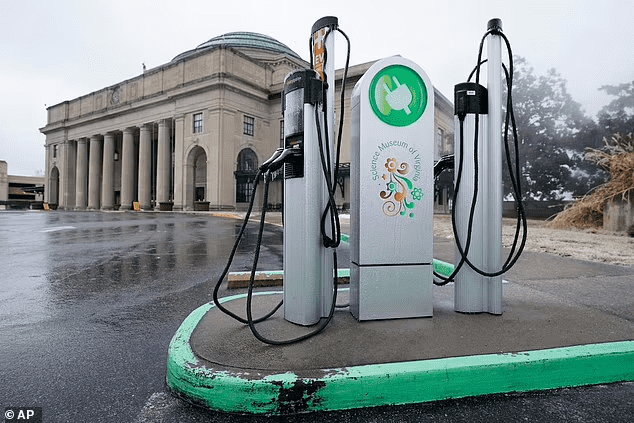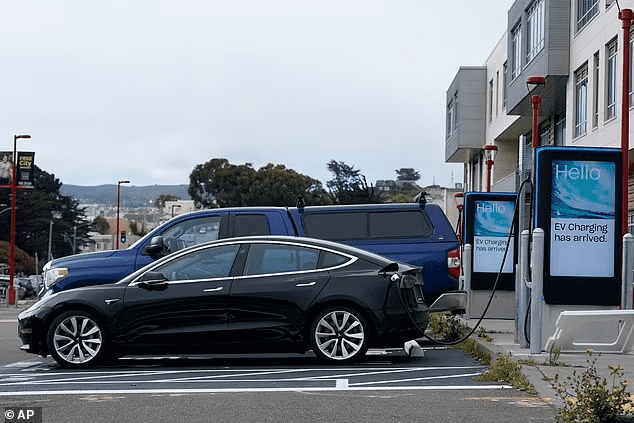With the growing demand for electric vehicles and the recent boycott of gas-guzzlers in California, the US is now planning to begin the installation process of 30 million electronic vehicle charging stations by 2030. This will be the crucial step because there is a high probability that half of the drivers will gradually shift towards electric vehicles. On that part, the US needs a budget of $35 billion in order to accomplish the project by 2030. According to the report by McKinsey, around 28 million private chargers and 1.2 million public chargers would be needed by 2030 if half of the country’s drivers shift to EVs.

The demand for electric vehicles has been on the rise since 2016 and every year it gets doubled, but the netizens have to deal with a lot of problems regarding the charging issues at different already installed stations. It has to be noted that America has over 128,000 public and 4,500 private charging stations, but it still has to stimulate production as there are already 150,000 gas stations installed. As McKinsey states, it is anticipated that America is going to have around 48 million charging stations installed by 2030, as per the current infrastructure scenario.
However, a report has been projected by car insurer, Jerry, which states, “With a projected 35 million EVs on the road by 2030, the US will need to install about 478 charging ports every day for the next eight years to build the necessary infrastructure to support them. As the number of registered EVs increases, it remains to be seen whether or not the charging infrastructure can keep up with EV demand.” The report further states, “As the number of EVs manufactured increases, the U.S. charging infrastructure needs to change and adapt at increasingly higher rates to keep up with the new electric future.”

Coupled with this, the report observes that public charging stations will cost five to ten times more than private ones, and those people who don’t have the facility to charge their EVs privately will prefer the most convenient location that is readily accessible for charging. Hence, due to this, the demand for electricity will climb from 11 billion kWh to 230 billion kWh by 2030. The president and CEO of the Alliance for Automotive Automation, Kathy Harris, said, “Whether or not these requirements are realistic or achievable is directly linked to external factors like inflation, charging and fuel infrastructure, supply chains, labor, critical mineral availability and pricing, and the ongoing semiconductor shortage. These are complex, intertwined, global issues.”

California, on the other hand, has taken this decision to ban gas cars in order to stop its reliance on fossil fuels and start reserving renewable energy sources, which will also benefit the environment and foster sustainability. California plans to achieve 100% renewable energy by 2045. However, the ban doesn’t restrict citizens completely from driving or selling their current gas cars.


